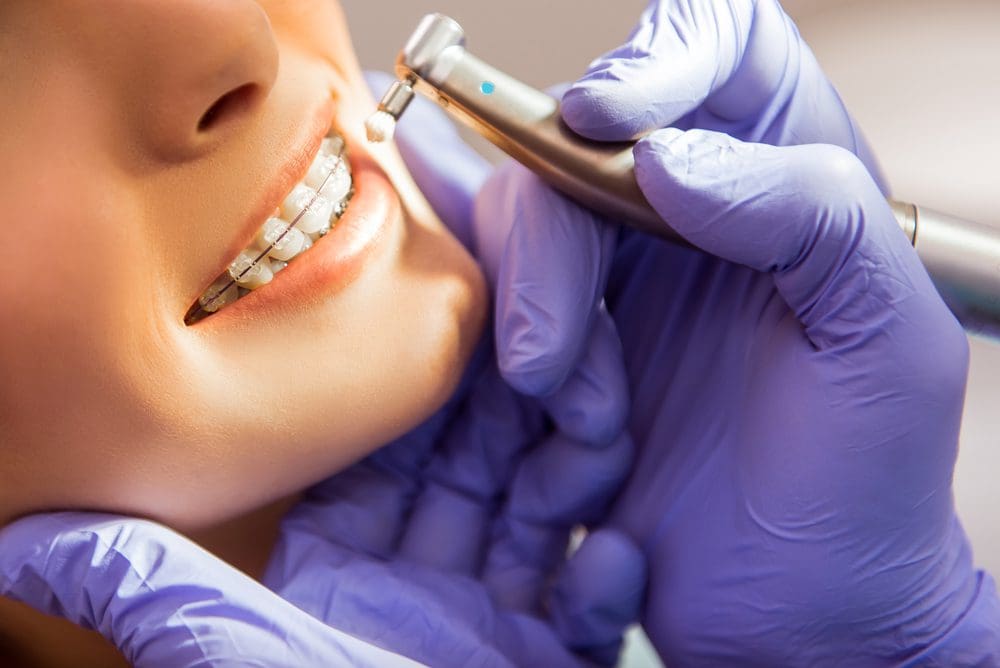Why Cumming Invisalign is the Perfect Choice for a Discreet Orthodontic Service
Why Cumming Invisalign is the Perfect Choice for a Discreet Orthodontic Service
Blog Article
Comprehensive Guide to Orthodontics Procedures for Dealing With Dental Misalignments
Recognizing the details of each treatment, including their devices, advantages, and prospective downsides, is essential in making informed choices concerning one's orthodontic therapy. As we navigate through the extensive guide to orthodontic procedures for correcting oral imbalances, the elaborate details of each method will unravel, dropping light on the path towards a useful and unified dental alignment.
Orthodontic Procedures Review

Normal adjustments and monitoring are crucial components of orthodontic treatment to make certain progress is on track and to make any required adjustments along the method. By undertaking orthodontic treatments, clients can not only achieve a straighter grin however additionally enhance their total dental health and feature.
Traditional Braces: How They Function
When taking into consideration orthodontic treatments for oral imbalances, traditional dental braces attract attention as a reliable technique for correcting teeth placing. Conventional dental braces contain brackets, cables, and bands that work with each other to use continual pressure on the teeth, progressively relocating them into the desired positioning. The brackets are connected to the teeth using an unique adhesive, and the cords are threaded with the braces. By adjusting the stress of the wires, orthodontists can manage the direction and force used to each tooth, assisting them into appropriate placement in time.
As pressure is applied to the teeth with the dental braces, the bone surrounding the teeth is reshaped to support the brand-new tooth settings. People will require normal modifications at the orthodontist's workplace to make sure the dental braces proceed to apply the right pressure for effective teeth movement.
Unnoticeable Aligners: Cons and pros
Undetectable aligners supply a practical and discreet option to conventional braces for remedying oral misalignments. These clear, customized trays are practically unnoticeable when worn, making them an enticing choice for individuals seeking a more aesthetically pleasing orthodontic therapy. Among the main benefits of undetectable aligners is their removability, permitting simpler maintenance of dental hygiene contrasted to typical braces. Clients can get rid of the aligners prior to eating or cleaning their teeth, minimizing the risk of food obtaining embeded the device and simplifying the cleansing process.

Surgical Orthodontic Options
Surgical interventions in orthodontics present viable choices for addressing complex dental imbalances that might not be properly resolved through standard orthodontic therapies. While undetectable aligners and standard dental braces can fix numerous orthodontic problems, particular cases require surgical treatment to accomplish ideal results. Surgical orthodontic choices are generally recommended for severe malocclusions, substantial jaw disparities, and situations where the underlying bone structure requires alteration to attain correct Web Site positioning.
One common medical orthodontic procedure is orthognathic surgery, which entails rearranging the jaws to fix functional concerns such as problem chewing or talking. This surgical treatment is frequently performed in partnership with an orthodontist that helps align the teeth prior to and after the procedure. Surgical orthodontics might likewise involve treatments to expose influenced teeth, eliminate excess periodontal tissue, or improve the jawbone to create an extra harmonious facial account.
Before taking into consideration surgical orthodontic choices, patients undertake an extensive evaluation to figure out the requirement and potential benefits of such treatments. braces. While surgical procedure may appear overwhelming, it can substantially boost both the function and appearances of the smile in cases where traditional orthodontic therapies fail
Retainers and Post-Treatment Care

Post-treatment treatment involves complying with the orthodontist's guidelines diligently. This may include appropriate dental health techniques, attending follow-up appointments, and using the retainers as recommended. Failing to abide by post-treatment treatment guidelines can result in relapse, where the teeth gradually return towards their initial settings. Regular retainer wear, great dental health, and normal oral exams are essential for keeping the results achieved through orthodontic surgery and guaranteeing the long-lasting stability of the fixed dental alignment.
Conclusion
In conclusion, orthodontic treatments provide numerous options for dealing with dental misalignments. Surgical orthodontic options are offered for more serious imbalances. In general, orthodontic treatments can efficiently enhance dental health and wellness and visual appearance.
As we browse via the extensive overview to orthodontic treatments for dealing with oral misalignments, the complex details additional hints of each technique Continue will certainly unravel, shedding light on the path towards a harmonious and practical dental positioning. - cumming orthodontist
One of the most usual orthodontic treatments is the use of braces, which are composed of metal brackets and cables that use mild stress to gradually shift teeth into the preferred setting.When taking into consideration orthodontic treatments for dental misalignments, conventional dental braces stand out as a reliable approach for correcting teeth positioning. Additionally, unnoticeable aligners might not be ideal for intricate orthodontic concerns that call for even more significant teeth movement, as they are generally suggested for moderate to modest instances. Retainers are personalized orthodontic tools made to hold teeth in their dealt with placements after the conclusion of orthodontic therapy.
Report this page